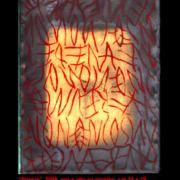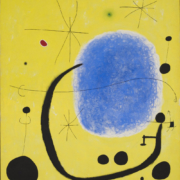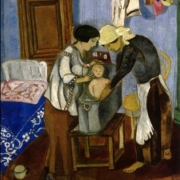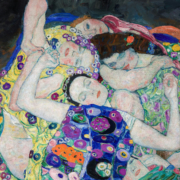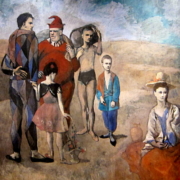Dreamtelling as a request for containment – Three Uses of Dreams in Group Therapy
Abstract
Dreams told in a therapeutic setting are challenging events from an experiential and technical perspective. Their contents seem fantastically rich for the one side, but often overwhelmingly chaotic in their implications for relations. Many clinicians lack know-how about how to use the informational and relational possibilities inherent in the complicated act of telling the dream’s report. Dreams told in groups provide additional challenges for all participants. This article is an effort to conceptualize a coherent, unified and consistent dream theory since learning to work with dreams not only enhances understanding of personal and group unconscious processes but may also have a strong impact on the therapeutic culture and working relationship. After differentiating dreaming and dreamtelling I will briefly describe the three uses of dreams – the classical “informative” and more familiar “formative” uses, Read more

